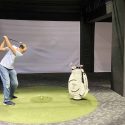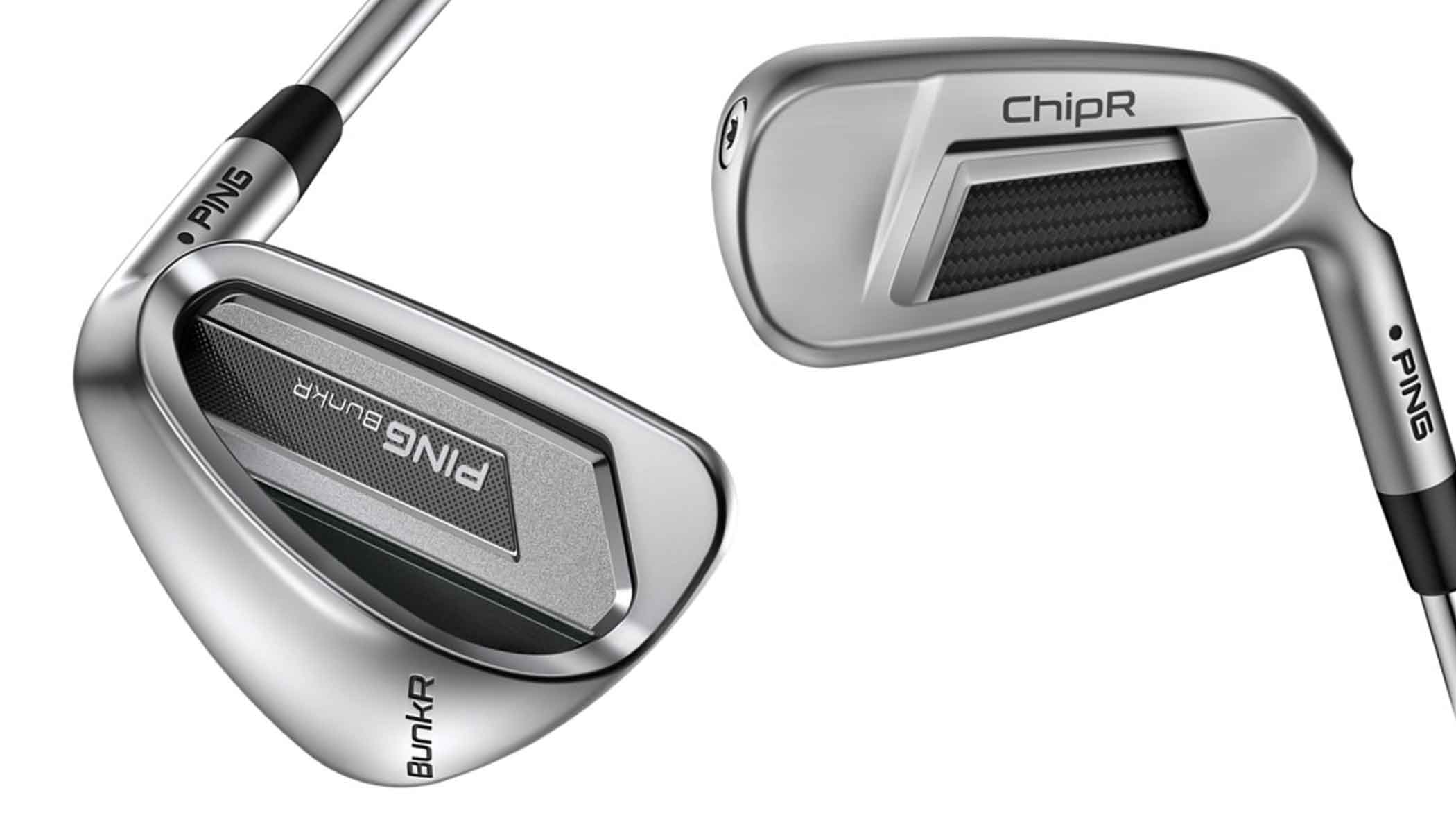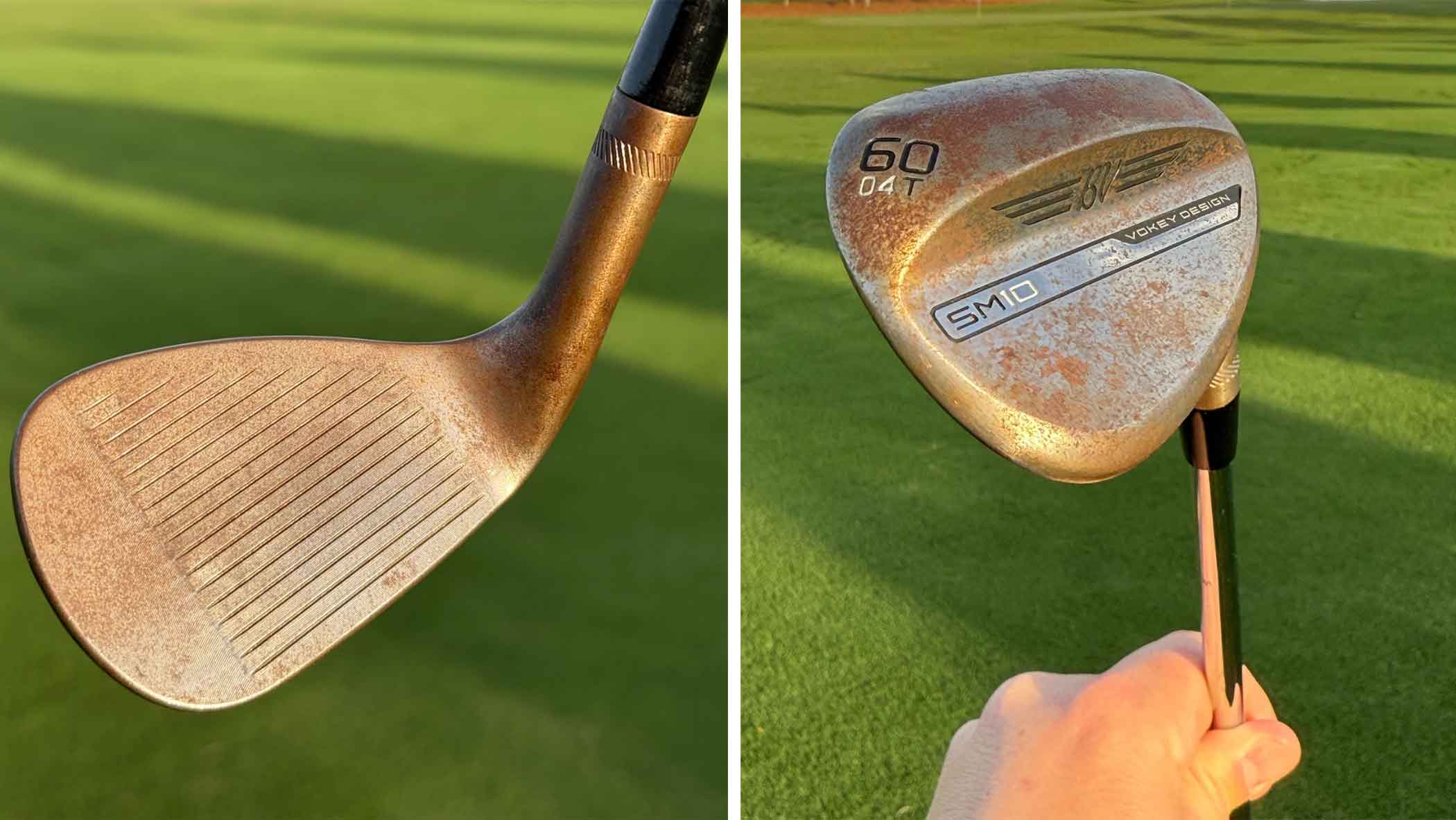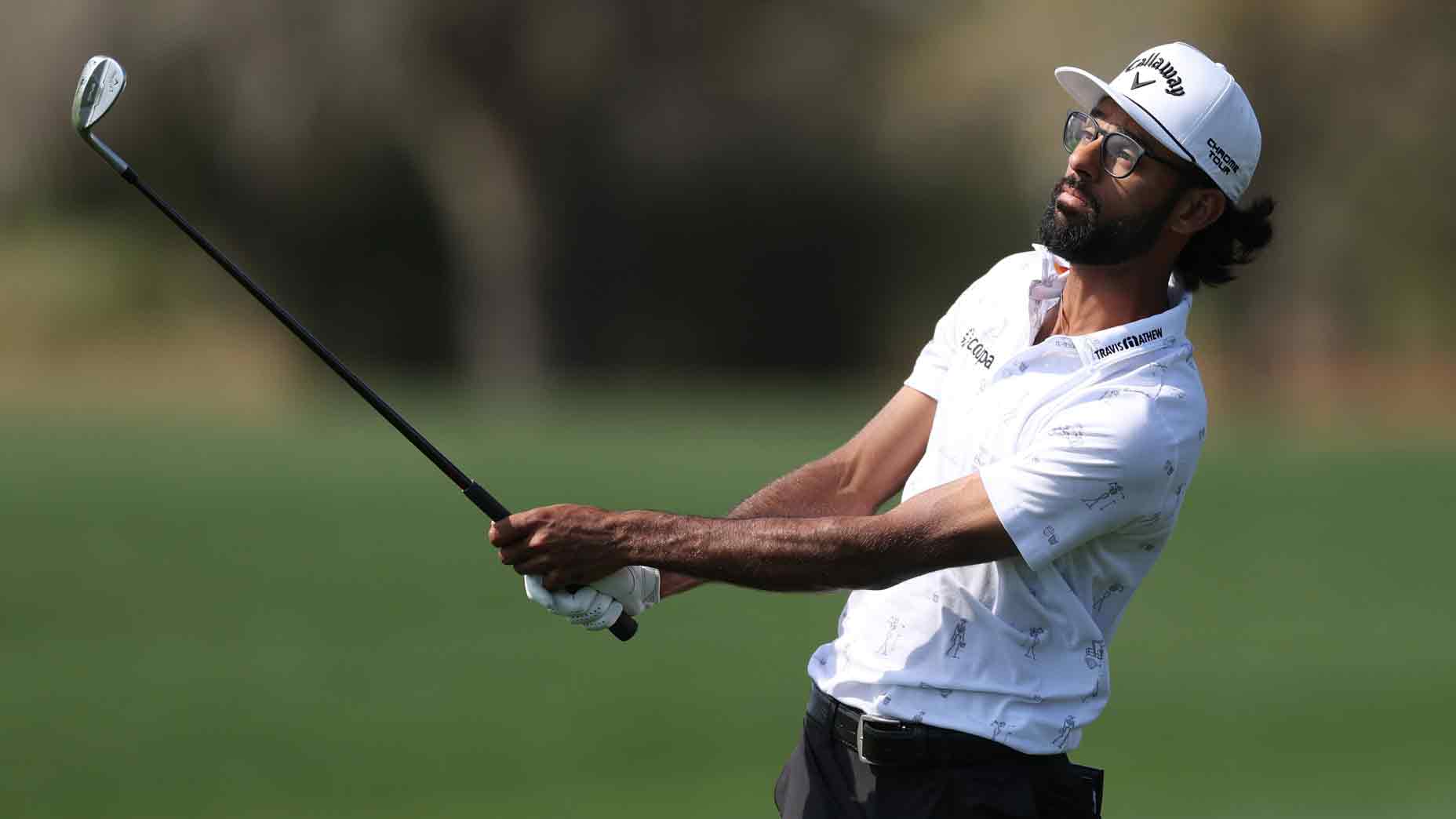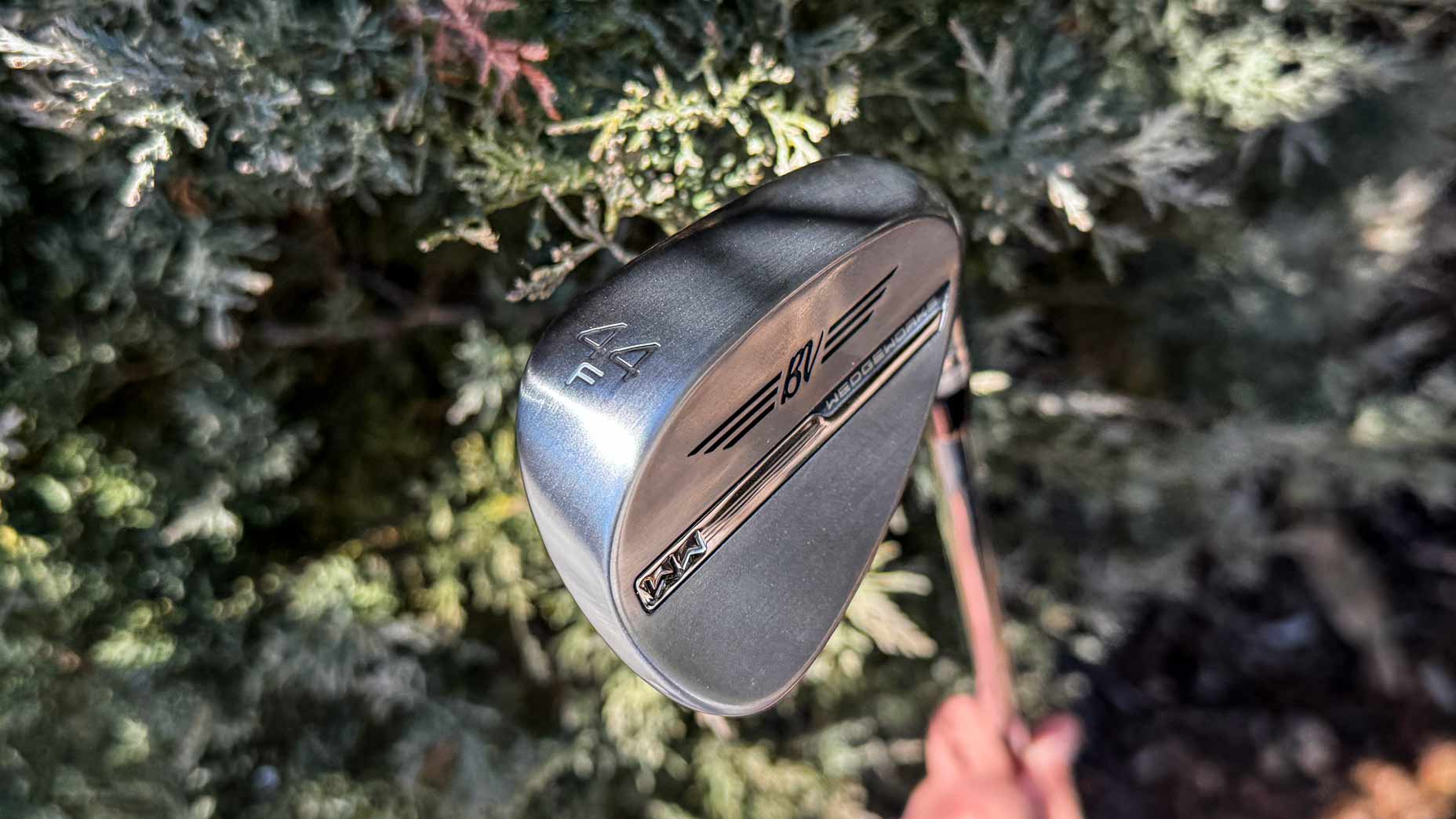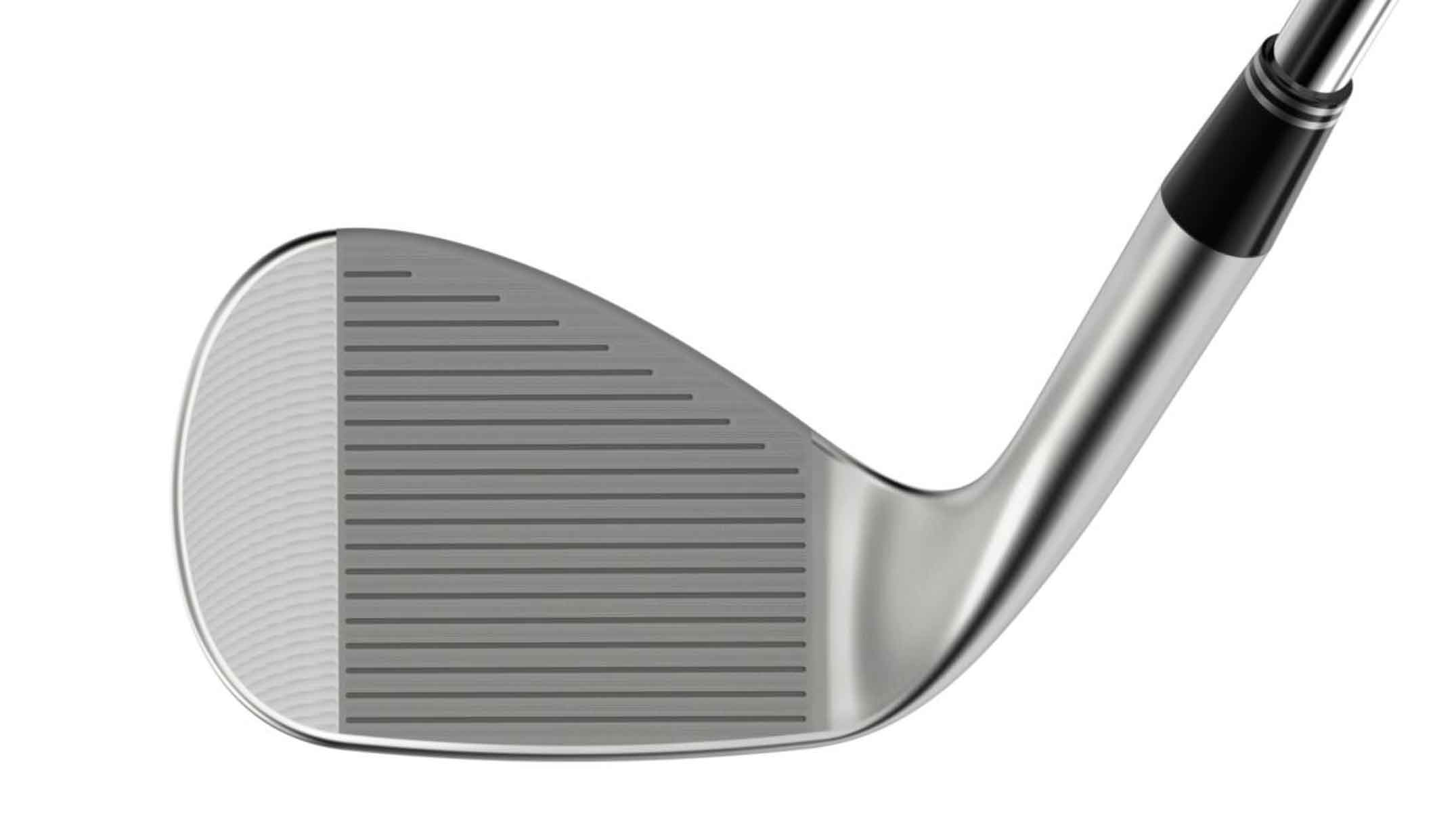 Set wedges…or blade wedges? How to know which is right for you
Set wedges…or blade wedges? How to know which is right for you
Most of the wedges you see on Tour have a flatter lie angle. Here’s why
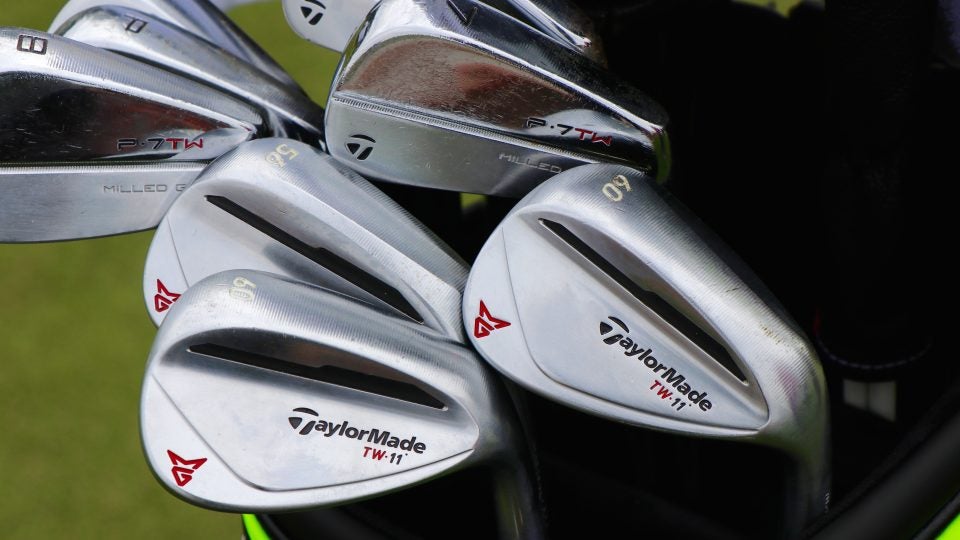
Having the correct lie angle on your irons and wedges is vitally important when it comes to consistent ball-striking and accuracy. For those who need a refresher, “lie angle” is the angle that’s created between the shaft and ground line when the club is in the playing position.
If the sole of your club isn’t flush with the turf, there’s a pretty good chance you’re playing a set of misfit clubs — and if that’s the case, it really doesn’t matter how good a swing you put on the ball. You’re going to be constantly frustrated with the results as the ball finds the heel or toe with regularity.
With that in mind, there are exceptions to every rule. While getting properly fit for a set of clubs can lead to more consistency and lower scores, there are times when you don’t always want to stick with the same lie angle across the board.
James Sieckmann, Shadow Ridge Country Club’s director of instruction, is one of the brightest minds in the industry when it comes to the short game. During a recent interview on GOLF’s Fully Equipped podcast, the wedge guru pointed out that while most wedges sitting on retail racks have upright lie angles, the elite players you see on television every week are playing scoring clubs with a decidedly flatter lie angle.
“Wedges are typically too upright and fit for full swing,” Sieckmann said. “And you’re not using it for full swing very often — you’re using it from 10 yards, 20 yards or in the bunker. The fit, specifically with a lob wedge, should be for a 20-yard shot, not an 80- and 90-yard shot.”
If you’re looking at the lie angle on each club in a set, Sieckmann noted that an elite player might be 1-degree upright in his irons but get gradually flatter when transitioning to the wedges, going to potentially a standard lie angle in the sand wedge and maybe even 1-degree flat in the lob wedge.
ADVERTISEMENT
With less force being imparted on the shaft during a wedge shot, there’s not nearly as much shaft droop occurring, which causes the toe to get into the ground. Without the same force and shaft droop, it makes sense to at least consider the idea of going to a flatter lie angle, particularly in the lob wedge.
“Because of the lack of droop, another issue a lot of times is that, as the club interacts with the turf, toe interaction is better than heel interaction,” Sieckmann said. “[The] worst thing you can do is dig the heel.”
Sieckmann also pointed out that catching the ball off the toe on a wedge shot can have some benefits in the spin department, especially with shots around the green. More than anything, going flatter with the lie angle will likely help your contact and allow you to get up-and-down on a more regular basis.
So the next time you’re working on your wedge game, pay attention to how the club interacts with the turf. It could end up saving you some strokes in the long run.
To hear more gear insights from Jonathan Wall and True Spec’s Tim Briand, subscribe and listen each week to GOLF’s Fully Equipped podcast: iTunes | SoundCloud | Spotify | Stitcher
ADVERTISEMENT




